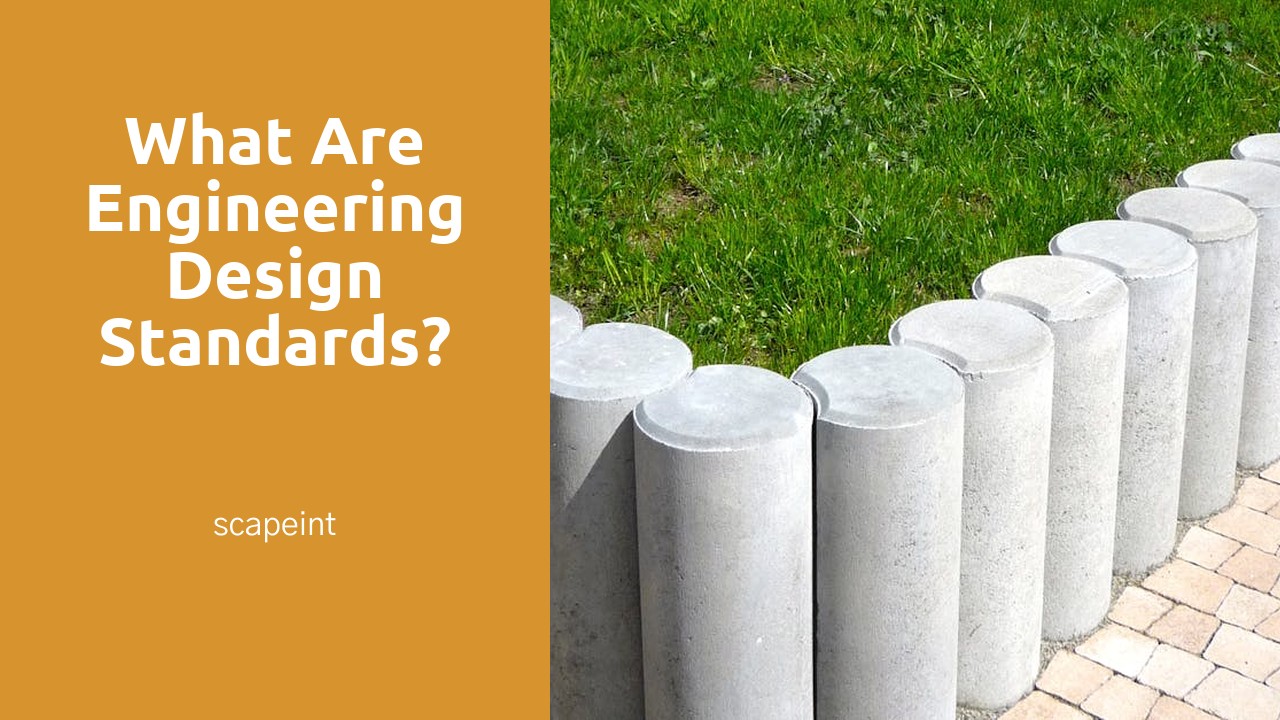
Table Of Contents
Civil Engineering Design Showcases
Civil engineering design showcases a wide array of impressive projects that demonstrate the marriage between creativity and functionality. When it comes to bridge design, engineers must consider various factors such as load capacity, materials used, and environmental impact. In cities like Toronto, notable bridges like the Prince Edward Viaduct showcase the ingenuity of civil engineers in creating structures that withstand the test of time. Site analysis in North York, for instance, provides crucial data on ground conditions and surrounding infrastructure that shape the design process.
Moreover, civil engineers tackle complex challenges in waste management system design, aiming to optimize efficiency while minimizing environmental impact. Projects like the development of sustainable waste treatment plants in urban settings illustrate the importance of innovative solutions in handling society's waste. Integrating site analysis in North York, for instance, can offer valuable insights into waste generation patterns and geographical limitations that influence the design and implementation of efficient waste management systems.
Bridge Design
Bridge design is a crucial aspect of civil engineering, requiring meticulous planning and innovative solutions to ensure the safety and functionality of structures that connect communities. One notable example of innovative bridge design is the use of advanced materials such as carbon fiber composites, which offer increased strength and durability while reducing the overall weight of the structure. By incorporating these materials, engineers can create bridges that are not only efficient but also environmentally sustainable.
In the context of Site Analysis in Cornwall, engineers have been able to harness cutting-edge technologies like Building Information Modelling (BIM) to optimize the design process of bridges. Through detailed geometric and geospatial information, BIM allows for the creation of accurate 3D models that simulate different scenarios and highlight potential challenges. This approach not only streamlines the design phase but also enhances communication between project stakeholders, leading to more informed decision-making and ultimately, the construction of safer and more cost-effective bridges.
Environmental Engineering Design Models
Environmental engineering design models are paramount in today's world when considering sustainability and the conservation of natural resources. Waste management system design is a critical aspect of these models, aiming to streamline the process of waste disposal while minimizing environmental impact. One notable example of this is the innovative approach taken in Site Analysis in Whitchurch-Stouffville, where engineers designed a waste management system that efficiently segregates and processes various types of waste to reduce landfill usage and promote recycling.
Moreover, another significant aspect within environmental engineering design models is the development of sustainable solutions for water treatment and conservation. In many projects, engineers focus on creating systems that effectively purify and recycle water resources, ensuring their long-term availability. An excellent illustration of this is the incorporation of advanced filtration technologies in Site Analysis in Whitchurch-Stouffville, which allows for the efficient treatment of wastewater while preserving the quality of local water bodies.
Waste Management System Design
Waste management system design encompasses a critical aspect of environmental engineering. When considering strategies for optimizing waste collection and disposal processes, engineers must conduct thorough site analysis in locations like Caledon. This involves evaluating factors such as population density, traffic flow, waste generation rates, and existing infrastructure to develop efficient and sustainable solutions.
In the context of waste management system design, innovative technologies are often employed to enhance waste treatment and recycling capabilities. Engineers may incorporate state-of-the-art sorting and processing equipment within facilities to streamline operations and maximize resource recovery. By implementing these advanced systems, waste management facilities in areas like Caledon can significantly reduce environmental impact while also promoting circular economy principles.
Biomedical Engineering Design Projects
Biomedical engineering design projects cover a wide range of innovative solutions aimed at improving healthcare delivery. For instance, prosthetic limb design is a central area of focus for many biomedical engineers. These projects involve intricate research on materials, mechanisms, and ergonomics to create artificial limbs that closely mimic the function and feel of natural ones. Canadian biomedical engineers have been at the forefront of developing prosthetic limbs that offer increased comfort, mobility, and functionality for individuals with limb loss or impairment. Site Analysis in Newton Robinson is a prime example of how engineers assess the environmental and structural elements that impact the success of prosthetic limb design projects.
Another critical aspect of biomedical engineering design projects is the incorporation of cutting-edge technology to enhance medical devices' performance. Engineers work on developing advanced imaging systems, drug delivery mechanisms, and diagnostic tools to revolutionize healthcare practices. These projects often involve interdisciplinary collaboration between engineers, physicians, and researchers to ensure that the products meet the stringent standards of the healthcare industry. Site Analysis in Newton Robinson plays a vital role in these projects, providing valuable insights into the local healthcare infrastructure and demographics to tailor the design solutions to the specific needs of the community.
Prosthetic Limb Design
Prosthetic limb design is an intricate field within biomedical engineering that focuses on creating artificial limbs to improve the quality of life for individuals with limb loss. Designers and engineers strive to develop prosthetic limbs that closely mimic the functionality and appearance of natural limbs. In North York, the process of prosthetic limb design starts with a detailed site analysis to understand the specific needs and lifestyle of the individual who will be using the prosthetic limb.
Collaboration between engineers, designers, and healthcare professionals is essential in prosthetic limb design to ensure the device is functional, comfortable, and meets the individual's unique requirements. The meticulous process involves considering factors such as material selection, biomechanics, and ergonomic design to create a prosthetic limb that enhances mobility and restores independence. In North York, advancements in prosthetic limb design continue to push boundaries, offering innovative solutions that improve the quality of life for individuals with limb loss.
FAQS
What is engineering design?
Engineering design is the process of creating solutions to problems using principles of science, mathematics, and creativity.
What are some examples of civil engineering design showcases?
Civil engineering design showcases include projects like building design, road design, and infrastructure planning.
Can you provide an example of bridge design in civil engineering?
Bridge design in civil engineering involves creating safe and structurally sound bridges to connect two points over a body of water or other obstacles.
What is an example of environmental engineering design models?
An example of environmental engineering design models is the development of sustainable waste management systems to reduce environmental impact.
How does biomedical engineering contribute to design projects?
Biomedical engineering contributes to design projects by developing innovative solutions, such as prosthetic limb design to improve the quality of life for individuals with physical disabilities.



